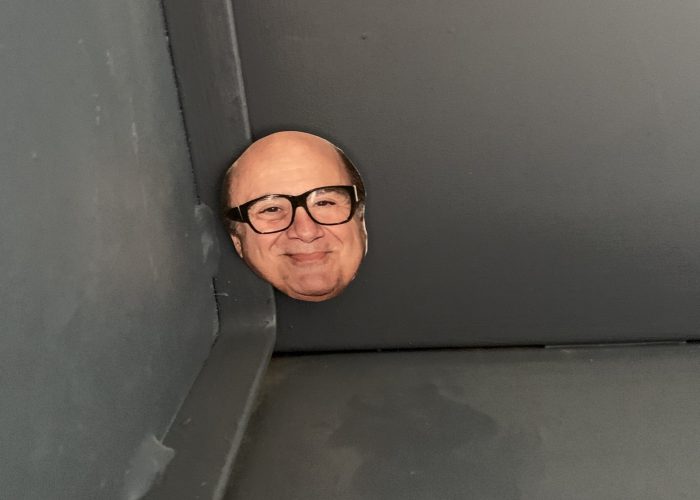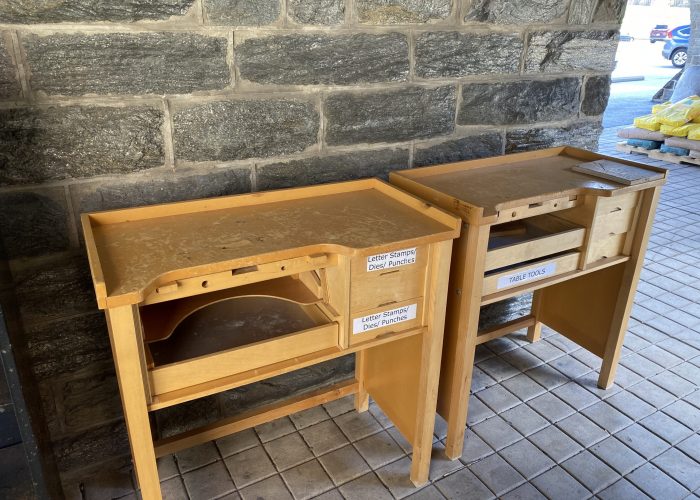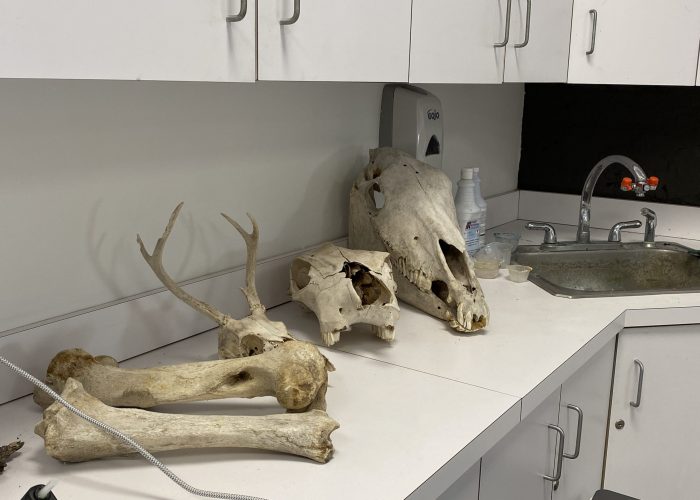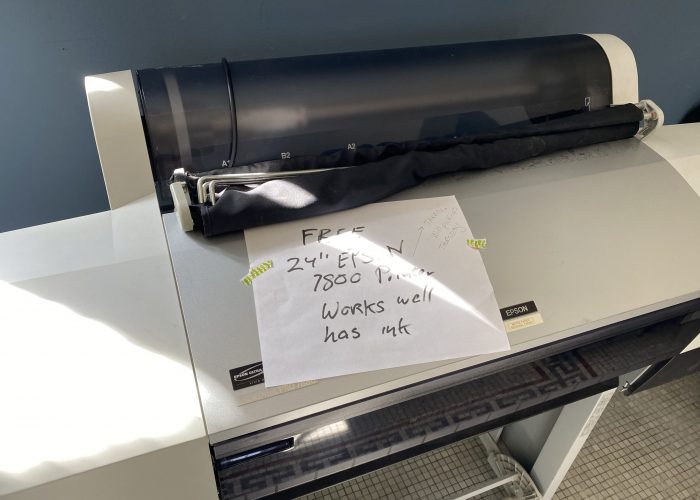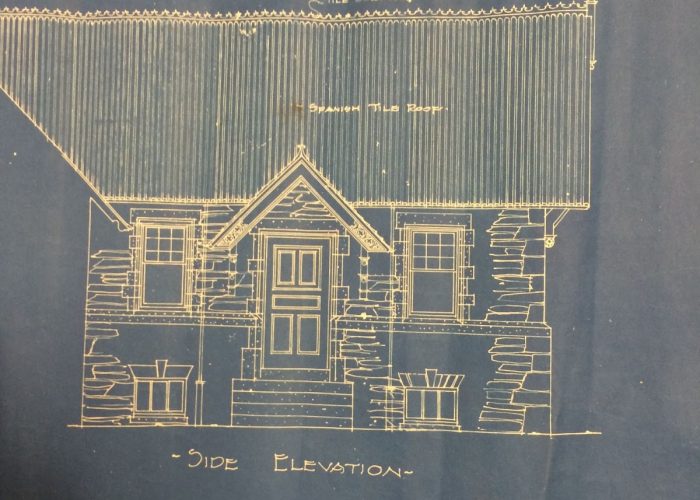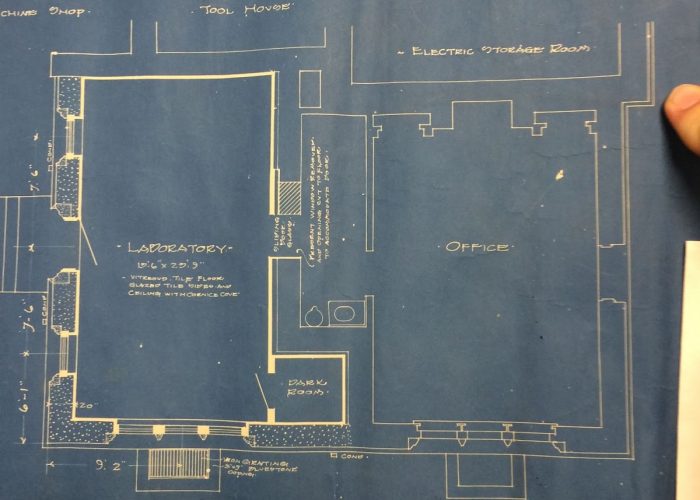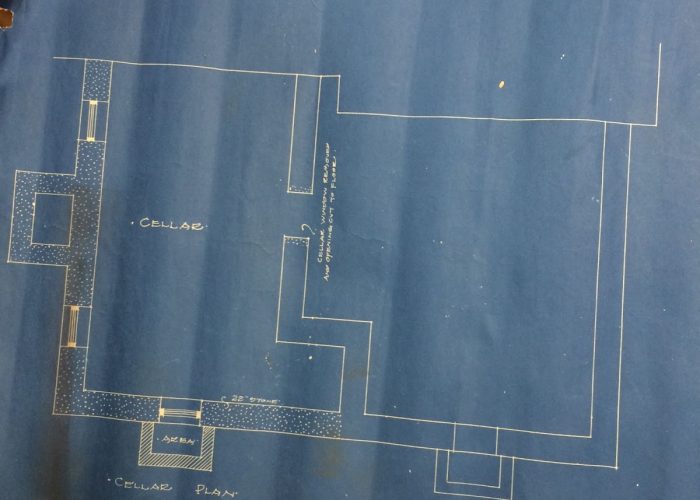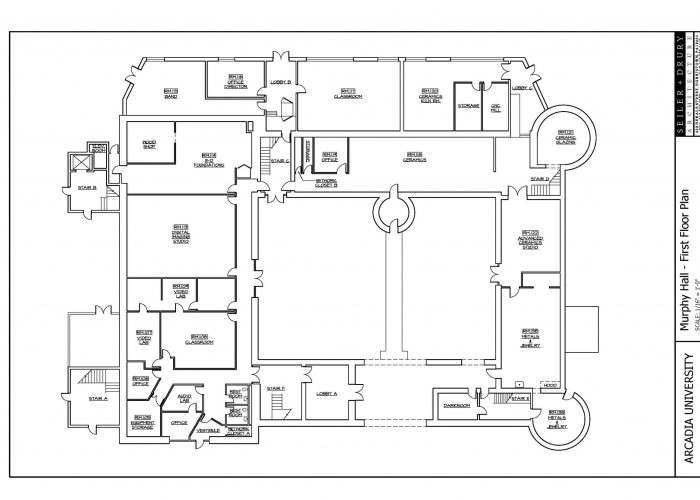The Closet of Arcadia
Murphy Hall is an incredibly unique place on Arcadia University’s campus. It’s filled to the top of the clock tower with history and culture that has long since been forgotten. Our team explored Murphy Hall to uncover secrets and learn more about the place we’ve coined “The Closet of Arcadia”.
Every home has that one closet where the residents dump all of their random junk. Piles of old Chuck E. Cheese prizes, unfolded laundry, unwanted birthday gifts, and so much more litter the floor of that small space. Sure, there’s the junk drawer downstairs, but this is different. This feels right. No matter how many pairs of scissors or packs of paperclips you stuff in that drawer, it’ll never feel as good as throwing a jacket on the floor of the closet. It’s as simple as that.
Arcadia University is home to us, and just like every other home we too have a closet. The only difference is that ours is an entire building. Murphy Hall is home to the Media & Communication department, the Art/Design department, two of the smallest majors at Arcadia. According to data from the fall 2019 enrollment (the most recent reporting available), out of 3,463 total students at Arcadia only 282 of them were majors housed in Murphy Hall. You can visualize this further thanks to the infographic below:

Alongside these small amounts of students are heaps of junk that’s been seemingly left behind by the rest of Arcadia’s campus. Pick any room in the building and there’s a 300 percent chance you’ll think, “why is this here?” for at least one item in the room. Take room 117 for example. Many of the Media & Communications classes are held in this room, because it’s probably the nicest room in the building since it was just recently added in 2015. That being said, I don’t think room 117 was ever really meant for us. It feels out of the way from all of the other commonly used Media/Comm. rooms and it sits just across the hall from two music rooms. Strange. Plus, there’s a large piano in the front corner and hundreds of old boxes of sheet music piled along the walls.
Sure, it’s a nice room, and I prefer it to some of the other rooms in the building, but it’s hard to ignore the walls caving in around me. We’ve been told by Dr. Micahel D. Dwyer that room 117 was built as a backup orchestra room that was large enough to house all of the musicians and their instruments. However, at some point since that 2015 renovation, the Music department at Arcadia slowly faded into nothing. So, here we are, a bunch of media students who use it as one of our two classrooms despite its somewhat tragic past.
The other heavily used Media/Comm space in Murphy Hall would be room 108. The first time I walked into 108 I was overwhelmed. There’s the typical U-shape arrangement of tables and chairs that we see in other classrooms, but there are also another five thousand chairs stacked along the walls (give or take). I used to look at these stacks of chairs in fear, just waiting for them to topple and bury me in plastic.
Once you get over that fear and look over to where your professor is standing, you might notice the many holes in the wall. A small square here, a large rectangle there, it looks like there is no rhyme or reason to the pattern. Some of the holes are for ease of access to the wires of the TV screen that plays on the other side of the wall, but the rest are lost in mystery. Any random robin could fly right in and make a home in the nest of wires that spill out of that wall. It’s quite the sight.
Even beyond these rooms though, junk that begs questions like “why is this here,” or “who kept this,” remains. On our brief tour of Murphy, we took photos of some of the random items that are just sitting out in any given square foot of the building. To note, they were not searching for junk specifically, they just decided to take photos of the piles they walk past every day on the way to class. Take a look:
However, going back in time, the building itself wasn’t always an architectural mess but a significant and grand space for the people who used it. Back in the days of the Harrison Family, Murphy Hall was the stables and carriage house. Built prior to Grey Towers Castle, it was designed by budding architect Horace Trumbauer, who after his success with the Harrison estate would go one to design some of Philadelphia’s most iconic buildings like the Philadelphia Museum of Art and Glensides’ own Keswick Theater. Just three months after the completion of the stables, the original home of the Harrison family was lost to a fire. In fact, it was the stables that the family stayed in after their house burned down and Harrison again asked Trumbauer to design the construction of Grey Towers Castle. Trumbauer continued to make additions during the construction of the castle and added the distinctive clock tower in 1894. Just ten years before Beaver College purchased the estate in 1929, the building suffered a fire that wiped out the inside of the stables and Trumbauer was brought in a third time to oversee the repairs which, along with the clock tower, would mark the first major transformation. It is unclear which construction process these were drawn for but, we even have some of the blueprints created by Trumbauer:
When it was purchased by Beaver College, the college made more changes and renovations so that the building now housed a chapel, science labs, and a gymnasium:
In fact, Murphy Hall boasted some of the most central parts of campus life from its opening in the 1930s. While researching the history of the building we were able to learn more about how students used the space in those early years of the college:
“In addition to classes and Sunday services, Murphy Hall was the backdrop for much of the social life of the college…The Murphy Gymnasium was the sight of many formal dances, as well as the annual song contest, a highly competitive and much loved event by the students of this era. Every year each class would write a song [for the competition.”
Landman Library Historical Documents

It wouldn’t be until the 1970s that the science departments would move to Boyer Hall and Murphy would be transformed into art studio spaces like ceramics and metals and jewelry for the expanding Art and Design Department.
Then as all closets do, Murphy Hall evolved into something new. In 2015 renovations were made to one of the oldest buildings on Arcadia University’s campus. This added space to the North-West facing side of the Murphy, complete with 3 new rooms for the Music department, one of which (room 117) is discussed above. The addition to the building, though necessary, made the floorplan even more of a monstrosity. After the renovations were complete, as you can see below, left many classrooms and offices windowless:
Now if we jump to the present day, us Media and Communications majors have joined forces with the Art/Design majors to set up shop in Murphy Hall and make it our home. However, due to the last two years of remote learning, many of us have had very little experience in the building. Aside from current seniors, any other students haven’t even been around for an entire school year. Pair this with the internal maze – due to the lack of windows perhaps? – that is Murphy Hall and you end up with students who have little to no interaction with the other majors or even other concentrations that are in the same building.
Take me for example. I have a Multimedia Publication concentration, so I don’t really work in many of the labs or anything in Murphy. I go back and forth between room 108 and 117, and I’ll occasionally go upstairs for a meeting with a professor. Aside from that, I know nothing about Murphy hall or anything within it. This seems to be a pretty common occurrence for students returning from our online era.
In this spirit of mystery, our team took some time to explore Murphy Hall and find all of the “hidden” rooms that we’ve never seen before. Thanks to the brilliant camerawork of Alex Kang, we’re able to showcase our adventure and initial reactions to the uncharted realms of Murphy Hall. Check it out:
With all this said and done, even though Murphy Hall has its flaws, it’s still our home. I would feel weird walking into any other building for Loco Mag meetings or any other classes. At some point, those towers of chairs in room 108 or the stacks of unused sheet music in 117 became endearing features of the building. Does Murphy still remain as the metaphorical closet of our Glenside campus? Absolutely. However, it’s our closet, and we’re making the best of it.
